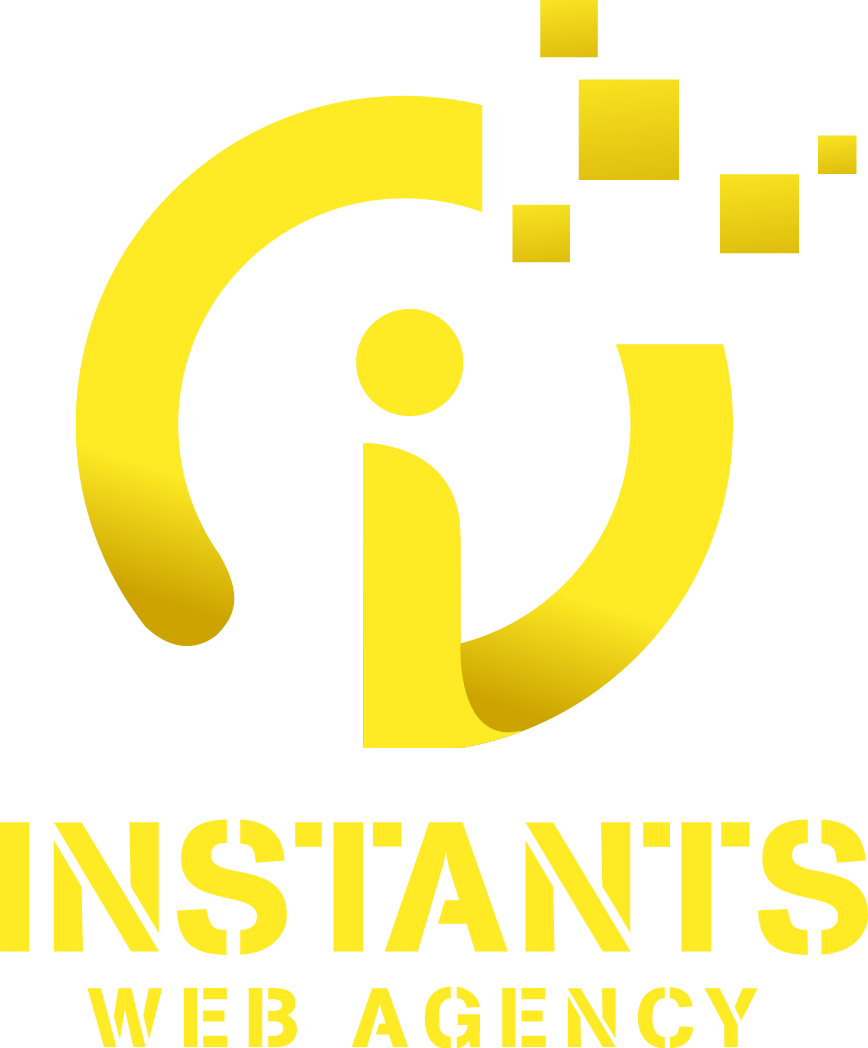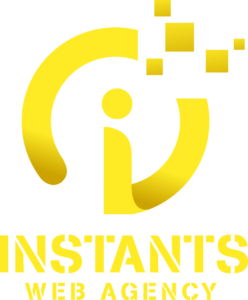Adaptive learning: a new way of thinking about training? The advantages of this method have been demonstrated in numerous cases. Indeed, adaptive learning enables a learner to make faster and more significant progress. What’s more, training can be tailored to the specific needs of each trainee.
When it comes to training, adaptive learning is widespread in business schools and universities. This training method has also proved its worth in management training, business management and human resources management. Competency-based learning enables a learner to progress faster and more effectively, as the program can be individualized according to needs and expectations.
1. Introduction
Adaptive learning: what is it?
Adaptive learning is a training method that enables training to be tailored to the individual needs of each learner. It’s a system for personalized learning progression based on individual results.
Competency-based learning enables us to assess trainees’ progress and create programs tailored to their success.
In short, adaptive learning is a learning method that adapts to each individual learner, enabling them to progress more quickly and efficiently.
2. The concept of adaptive learning
This system, which has been used in vocational training for some twenty years, is still little known. The competency-based learning method enables a learner to progress faster and more effectively, as the program can be individualized according to needs and expectations.
Adaptive learning is suitable for all profiles: trainees with previous professional experience, recent graduates or people undergoing professional retraining.
Learning is based on personalization and autonomy. Knowledge is acquired progressively, and each learner has the opportunity to play an active role in his or her training.
The learner profile is regularly updated, enabling learners to track their progress, review milestones achieved, exchange with trainers and access useful documents (e.g. course outlines, training videos, course presentation sheets).
Unsurprisingly, the skills-based learning concept is popular with companies, who can select the most suitable future employees and recruit with confidence.
The development of information and communication technologies (ICT) has made it possible to set up such a system. It also enables the company to be more efficient and effective, by offering its customers high-quality, cost-effective training.
In all cases, competency-based learning is an effective way of training employees and optimizing the internal organization of companies.
3. Adaptive learning practice
Everyone is familiar with the concept of competency-based learning. It is now widely used by companies seeking to train their employees.
However, skills-based learning is not always enough to solve the problems associated with people’s training needs. Indeed, current learning techniques do not always allow for adaptation to the needs and abilities of each learner.
This is why it is necessary to complement the concept of competency-based learning with that of adaptive learning. The basic principle remains the same: the company trains its employees, based on their needs and the skills it deems important. One of the ways it does this is by using competency-based learning techniques.
The difference lies in implementation: whereas competency-based learning is achieved by combining several learning methods (e.g. face-to-face and e-learning training), adaptive learning uses a single learning method (e.g. face-to-face training).
Adaptive learning is therefore a learning modus operandi that aims to meet the needs and abilities of each individual learner. It’s not the only one claiming to be a solution to today’s learning problems, but it can be particularly well-suited to certain objectives, and particularly effective in certain situations.
The basic principle of adaptive learning is as follows:
Each learner has a profile that defines his or her needs and abilities (knowledge, skills, aptitudes, motivations, etc.). The company uses tests to identify the needs and abilities of its learners. It then defines a learning strategy based on these skills and aptitudes. It trains its learners using this adaptive learning process, which adapts to learners’ needs and abilities.
In the case of in-house training, the company identifies the needs and abilities of its employees, then defines a learning strategy based on these skills and aptitudes. It trains its learners using this adaptive learning process, which adapts to learners’ needs and abilities.
The advantages of adaptive learning :
Companies that integrate adaptive learning into their internal training strategy can benefit from a number of advantages:
- A better understanding of learners’ needs and abilities,
- A better understanding of learners’ skills and aptitudes,
- A better understanding of learners’ motivations and interests,
- A better understanding of their perceptions of in-house training,
- The ability to define a learning strategy based on these skills and aptitudes.
For all these reasons, companies that integrate adaptive learning into their in-house training strategy can face market challenges with greater ease.
Companies using the adaptive learning operating mode will be able to :
The history of the benefits of the adaptive learning modus operandi is a recent one. The adoption of this learning method is still marginal. This is because it represents a very different approach to traditional learning practices. Adaptive learning is a new concept that has emerged with the development of information and communication technologies.
However, there is a clear trend towards a gradual deployment of the adaptive learning modus operandi. In fact, over 90% of training and HR industry leaders are convinced that adaptive learning will be at the heart of in-house training strategies in the years to come.
4. Some thoughts and questions to better understand the adaptive learning modus operandi
The adaptive learning modus operandi is based on positive reinforcement learning. The mechanisms used are machine learning algorithms and artificial intelligence software. These algorithms analyze data on worker behavior and develop learning strategies that are specific to that worker.
The adaptive learning modus operandi is generally deployed within the company:
Deploying the adaptive learning modus operandi helps to reduce training process costs, shorten training times and improve people’s performance.
The adaptive learning approach is developed in 2 phases:
The first phase consists of developing a methodology for translating training objectives into learning objectives. The learning objective is a precise, abstract description of the state of mind you want to achieve by the end of the training course.
The second phase consists of developing algorithms to analyze worker behavior, identify shortcomings and devise adaptive learning strategies.
When deploying the adaptive learning modus operandi in the company, we can distinguish three types of people:
The learner: The employee who learns. He may be either a beginner (having just joined the company) or a practitioner (having been with the company for some time).
The trainer: The person in charge of training. He or she can also be assisted by a coach, either a member of the company or an external trainer.
The adaptive learning system: Developed by an expert in adaptive learning. It can be used repeatedly with different trainers and learners.
Conclusion on adaptive learning
When you learn in the traditional way, i.e. on the principle of transmitting knowledge, you can progress at the student’s own speed. In this case, the courses are designed to be received by all learners, whatever their level of advancement. However, if the learner is ahead of his group, he can’t really benefit from it, because he can’t move ahead faster than the group.
Adaptive learning systems can be used to find the learner’s level. What’s more, they increase people’s productivity by enabling them to work at their own pace.
Article source: www.instants-web-formation.fr

